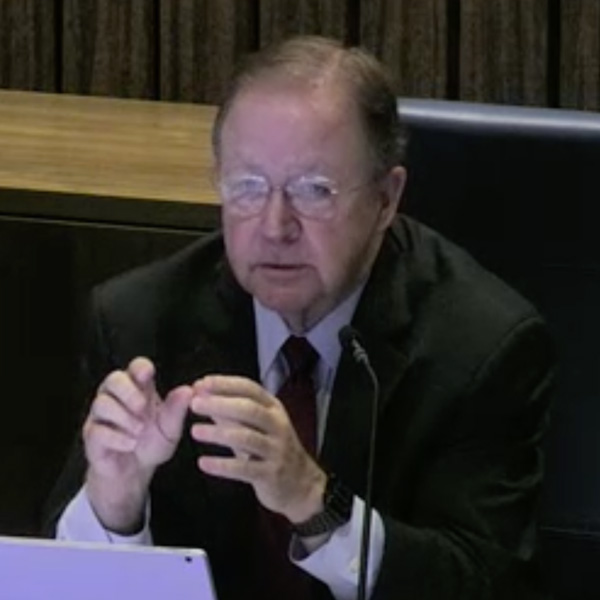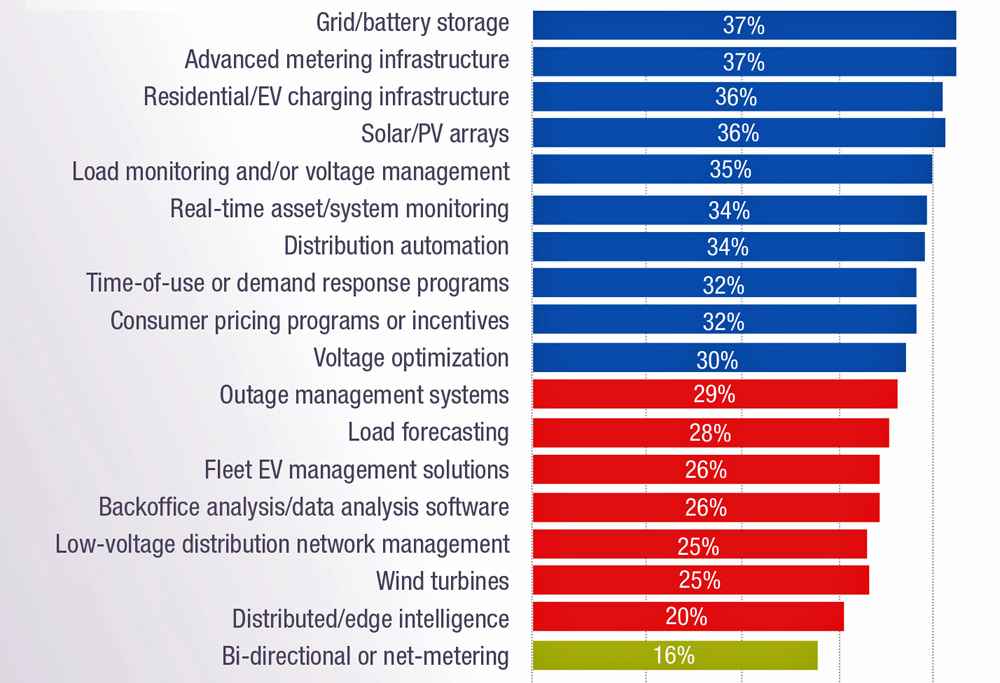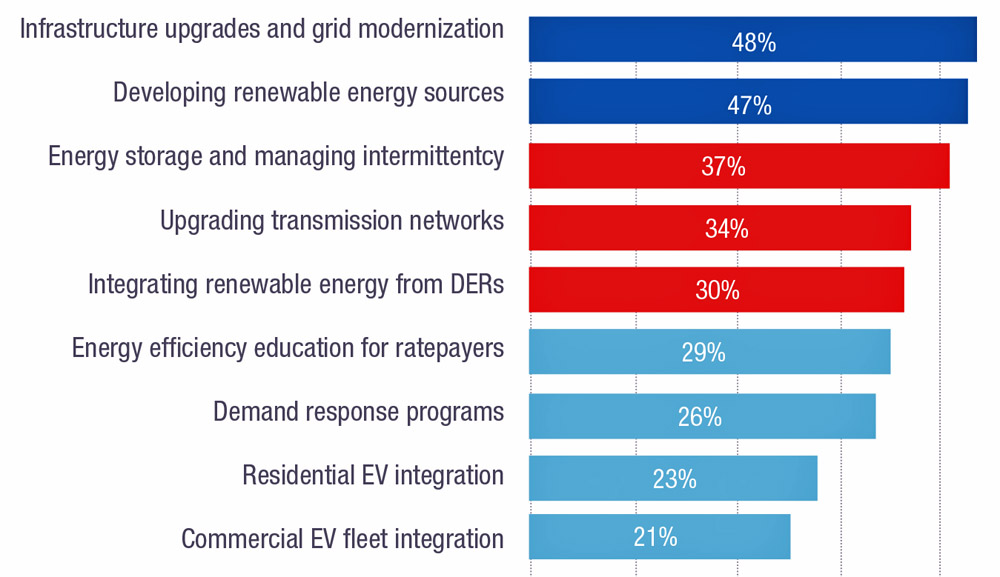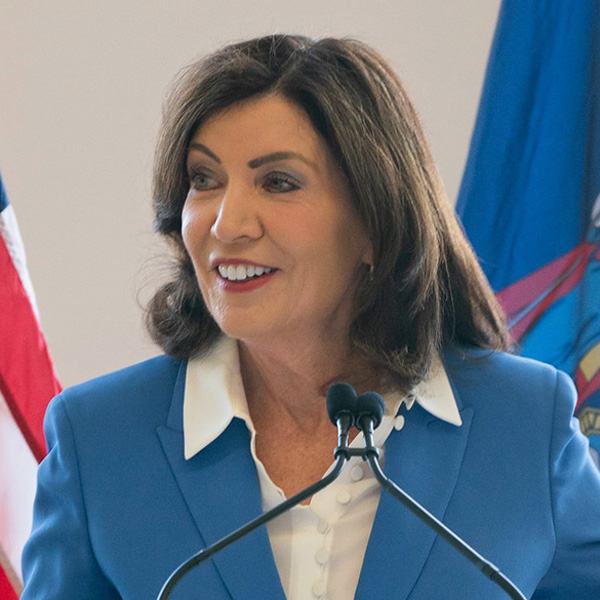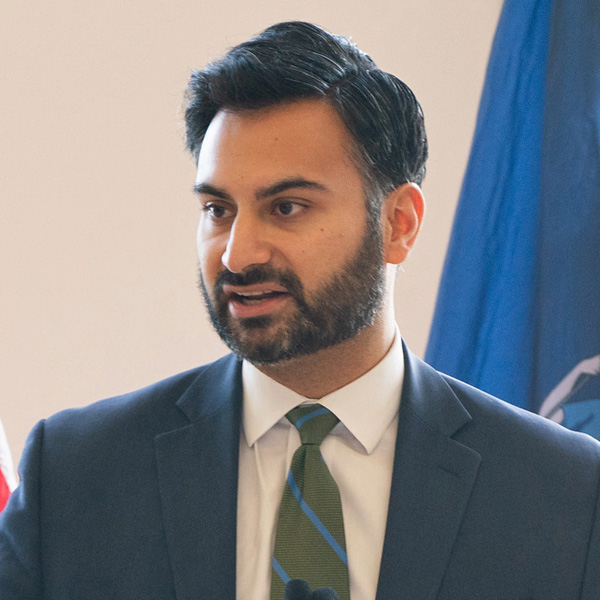At Wednesday’s meeting of NERC’s Member Representatives Committee (MRC), attendees reviewed their ongoing efforts to improve the group’s effectiveness representing the electric industry and providing “coordinated, thoughtful and valuable input to [the Board of] Trustees as well as NERC’s leadership,” in the words of Chair Jennifer Flandermeyer.
The meeting, conducted virtually, was the MRC’s last gathering of the year. Unlike most MRC meetings, the event was held separately from the ERO’s board meeting, as announced when the groups last met in Ottawa in August. (See “Future Meetings,” NERC Board of Trustees/MRC Meeting Briefs: Aug. 16-17, 2023.) The board’s final meeting of 2023 will occur Dec. 12 and also be held virtually.
The bulk of Wednesday’s meeting was dedicated to reports from the subgroups that the MRC established after the August meeting to examine how the committee could better fulfill its function representing industry in the ERO. Each subgroup is intended to explore a different theme:
-
- Culture of collaboration and engagement — focused on succession planning and sustainability of the MRC, along with exploring how NERC’s structure can be used to facilitate committee engagement;
- Balancing technical and policy discussions — intended to find the appropriate level of technical detail in discussions regarding NERC operations and strategy;
- MRC structure review — evaluating the committee’s sectors to ensure they provide effective representation to the board;
- Closed MRC meeting opportunities to discuss committee strategy — exploring the use of strategic closed sessions in which confidential information can be shared freely to promote grid reliability, security and resilience; and
- MRC value proposition — exploring ways to align stakeholders on the committee’s value and responsibilities, and find further opportunities to add value.
Flandermeyer went first with a presentation on the collaboration and engagement subgroup, which she co-leads with MRC Vice Chair John Haarlow, of the Snohomish County Public Utility District.
As Flandermeyer put it, her subgroup is an “umbrella that overlays all the work across the different groups.” She said its discussions to this point have mainly focused on how best to bring new MRC members up to speed on the group’s purpose so they can start to “work effectively across the ERO Enterprise and with our industry peers.”
The subgroup has already begun to take action on “low-hanging fruit,” Flandermeyer said; examples include overhauling the MRC’s informational session, typically held the month before its quarterly meetings, to provide more context on the action items to be discussed at the gathering. Another topic of discussion at the subgroup is starting an “MRC ambassador” program next year, to help new members meet each other and branch out beyond their own sectors to build industry-wide collaborations.
Mark Spencer, director of identity and access management at GE Power, spoke next, discussing the technical and policy discussions subgroup that he co-leads with Greg Ford of Georgia System Operations Corp. Spencer said the subgroup has been setting up a “survey of the technical work that is being performed” by NERC’s other committees, which MRC members will be able to review for “reliability or resiliency gaps.” While the survey is not complete yet, Spencer said the subgroup intends to reconvene soon to “put more meat around the bones.”
After Spencer came the report of the MRC structure review subgroup, delivered by subgroup co-leader Rachel Snead, director of environmental services at Dominion Energy. The team has met twice so far, Snead said, and has determined that while “the appropriate sectors” are currently represented on the MRC, there is a need for members’ “expectations [to] be clarified to ensure the entire industry is represented by the individual MRC representatives.”
Elaborating on this point, Snead explained that the MRC was originally designed “along business lines and not fuel or function,” which has the potential to create problems as the grid moves to new generation sources that don’t cleanly fall into existing categories. She said members have specifically worried that operators of inverter-based resources like solar panels and wind plants might not be adequately represented in the current structure.
Snead said the subgroup considered adding new sectors, but considered this might “make the MRC too large [and] reduce its efficacy.” She said another option is to “solicit increased involvement and participation” among new participants and representatives from sectors that are currently “less populated,” reminding members that the MRC is “not for technical experts, but for strategic leaders that are representing their entire sectors … and are really agents for change.”
NYISO CEO Rich Dewey followed with an update from the closed MRC meetings subgroup, which has been examining the “untapped opportunities” for the committee to provide value to the board, particularly through policy input letters from the various sectors.
Dewey said that one topic of discussion for the subgroup is whether rather than “just forwarding that input along,” the MRC could help to analyze these means of communication, finding common concerns and areas of consensus. The subgroup is also looking for ways it can provide input for the board to help set priorities and strategy.
Finally, Matt Fischesser, of energy management company ACES, presented on the MRC value proposition subgroup. He said the subgroup has focused on assessing the MRC’s responsibilities relating to electing trustees, amending NERC’s bylaws and advising the board on the development of the ERO’s annual business plan, budget and other business. The next stage of their work, he added, will be to devise ways to bring greater transparency, effectiveness and efficiency to these areas.
Flandermeyer reminded subgroup heads that they are to report their findings to the MRC at its next meeting in February, to be held in person, along with NERC’s board meeting, in Houston. She said the MRC will then “take all of the recommendations … together to make sure that they’re coordinated, not duplicative, and that we’ve covered the most ground we can.”
Flandermeyer, Haarlow Re-elected
Wednesday also saw the MRC hold its annual leadership election, with Flandermeyer and Haarlow volunteering to another one-year term as chair and vice chair. ElectriCities CEO Roy Jones, who served as MRC chair in 2022, managed the meeting during the vote, for which Flandermeyer and Haarlow exited the virtual session. After their unanimous re-election, Jones congratulated the two leaders and thanked them for their willingness to continue serving.
“We’ve got so many things going on with the MRC; I think this is great, that we will have a couple of years of some continuity as we work through some of the initiatives that we’ve got on the plate,” said Jones.
Nominations opened in August to replace representatives whose terms will expire in February and will close Monday. Voting on nominees will begin Nov. 9 and wrap up Dec. 8.
